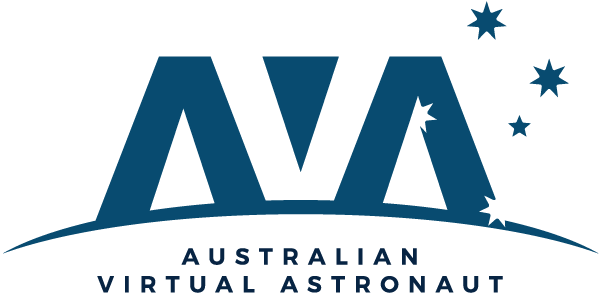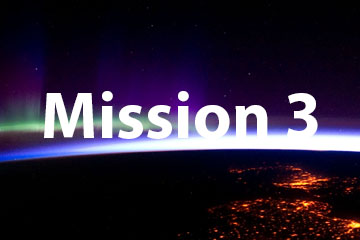Australian Virtual Astronaut Challenge
Mission 2 | Define
Define the problem
This week students will learn how to ‘Define’ the problem and go through a number of steps to ultimately produce a ‘Mission Statement’. Our feature video today is Ted Tagami CEO of Magnituide.io as he talks with Nick De Leon from the Royal College of Art in the United Kingdom about design thinking for space.
Register for the 2025 challenge here
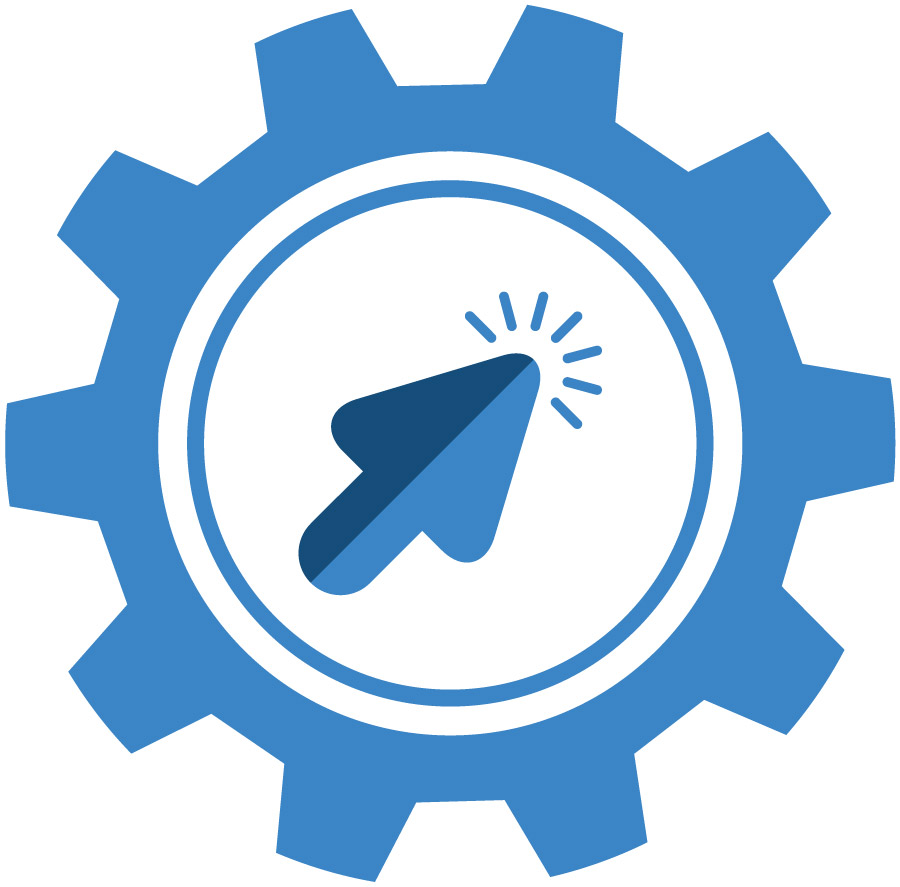
Introduction
Define
The define stage of the iSTEM engineering design process requires students to think carefully about, what is the problem they are going to solve?, who are they solving the problem for, and why does the problem need to be solved?
An integral part of the iSTEM process is the definition of a meaningful and actionable, mission statement. Students will work through a variety of activities in order to to produce a quality mission statement that will guide their team’s work and kickstart the ideation process.
Use the lesson below to commence solving one of the following scenarios;
- Earth Observation
- Robotics
- Home on the Moon
- Growing food in space
- AI in Space
- Telecomunications in Space
Suggested Learning Sequence – Mission 2
Our expert curriculum designers have developed a suggested week 2 learning sequence for teachers. The following is for the full set of AVA resources, however, teachers are encouraged to only use activities which are most suitable for their own class and school setting.
Sub Mission 1: Setting the Scene Watch the introductory video featuring Ted Tagami (Magnitide.io) and Nick De Leon (Royal College of Art London) who will discuss the importance of design thinking in space.
Sub Mission 2: Mission Statement Provide students with the Mission Statement worksheet, discuss what makes a good mission statement and how to produce one.
Sub Mission 3: Space Force Show the U.S. Space Force promotional video and get students to discuss what they think the Mission Statement might be for Space Force.
Sub Mission 4: Analysing the Problem Provide copies of the Analysing the problem worksheet to each team and get students to complete tasks.
Sub Mission 5: Brainstorming Get students to watch the brainstorming video and get students to use one of the two different brainstorming methods described in the worksheet to come up with possible problems to solve.
Sub Mission 6: Synthesize your Ideas Download worksheets and provide them to each team. Get teams to select the best four ideas from their brainstorming exercises and evaluate each using pros and cons. Teams select and justify their final selection.
Sub Mission 7: Empathy Mapping Get students to watch How to Empathy Map video. Provide each team with the empathy mapping worksheet and get them to complete the exercise.
Sub Mission 8: Write a Mission Statement Provide students with the mission statement worksheet. In teams get students to write their own mission statement based of their brainstorming and empathy mapping.
Sub Mission 9: Scenarios Get students to watch the selected videos from their selected scenario to provide additional context for their project.
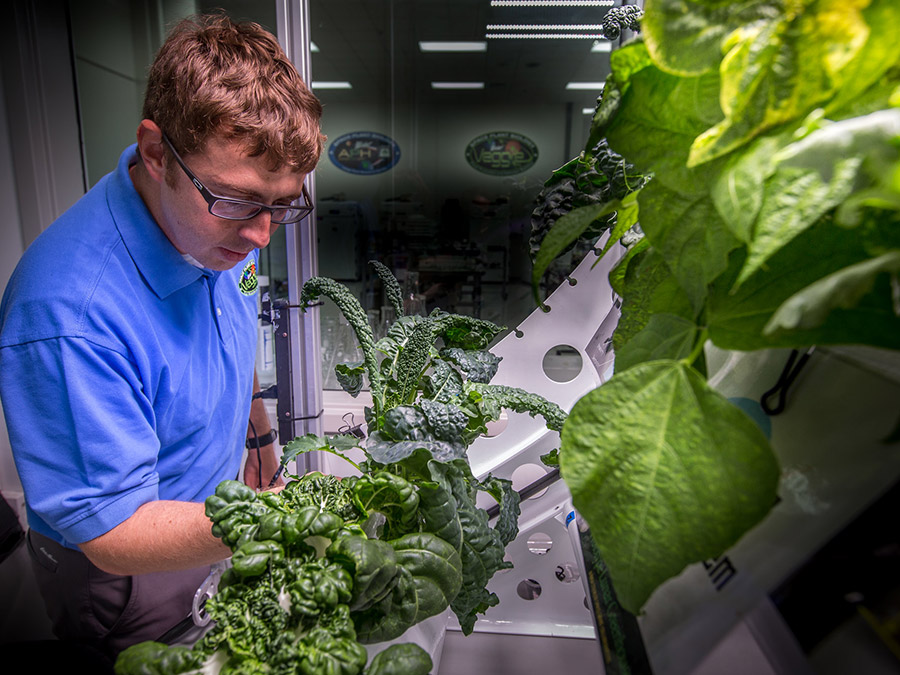
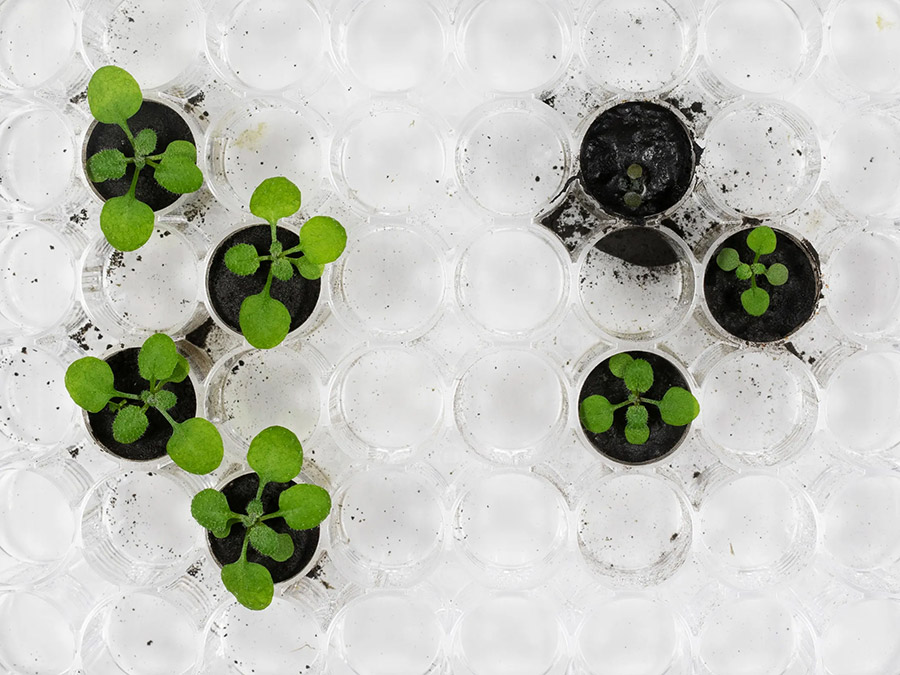

Downloadable Resources

Mission Statements
The following provides information on the ‘Define’ stage of the iSTEM engineering design process. Students learn about what makes a good mission statement and how to produce one. The mission statement will help guide students work throughout the design process.

Analysing the Problem Worksheet
This worksheet has been designed for student to analyse the AVA scenario. They will document their deliverables and the who, what and why of the mission. It is important that students clearly understand the scenario.

Brainstorming
In this worksheet students learn about brainstorming. Students undertake a task where they chose from 2 different methods of ideation. They are asked to come up with ideas about different problems they might like to solve as part of AVA.
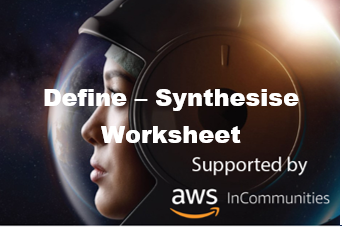
Synthesize
Students are asked to synthesize their ideas from the brainstorming session from the previous task. Using this worksheet students select four of the best problems and evaluate them before making a decision on which would be the best problem to solve.

Empathy Mapping
An empathy map is a simple, easy-to-digest visual that captures knowledge about a user’s behaviors and attitudes. In this worksheet students learn about empathy mapping and complete an empathy mapping task in which they complete research and observations of the end users of their designs.

Mission Statement Worksheet
Students should have completed a range of activities to better understand the who, what and why of their scenario and select a problem to solve. In this worksheet they are to produce a mission statement which clearly describes the problem that they are trying to solve.
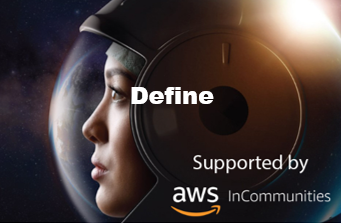
Define
This downloadable PDF is a full collation of the all the ‘Define’ worksheets. This has been uploaded for help save teachers time. The individual document downloads allow for teachers to only select those resources which are most suitable for their class.
Download Collate Define PDF >>>
All Scenarios – Resources
General background information for teachers and students to support challenge activities.
Technology in Space
Mani Thiru, AWS Head of Space & Satellite for Asia Pacific and Japan describes the many aspects of space technology that is supported by AWS and opportunities for space careers in the near future (42:32 minutes)
Brainstorming – NSW Virtual STEM Academy
Ian Preston, Deputy Principal from the NSW Virtual STEM Academy at Murriumbidgee Regional High School discusses the concept of brainstorming. This video provides context for the week 2 AVA brainstorming worksheet and discusses how to brainstorm effectively. (04:09 minutes)
How to Empathy Map
A 5-step process for creating empathy maps that describe user characteristics at the start of a design process. (02:51 minutes)
Defining the Problem AWS Aerospace & Satellite Solutions
AROSE – Careers in Space with Michelle Keegan
Defining the Problem for AI landing a rocket on the moon
STEM 2022 On Demand
Emily Calandrelli is an MIT engineer, also known as ‘The Space Gal’. In this video she talks about her career as a science communicator, women in STEM, and the power of media. This is a great resource for teachers to help inspire and engage young people to pursue a career in STEM or Space.
Website Resources
iSTEM Process Poster
Download Word Doc >>>
iSTEM Process Guide
Download PDF >>>
Empathy Mapping
https://www.nngroup.com/articles/empathy-mapping/
Understanding the Job Video
Clayton Christensen, professor at Harvard Business School talks about the job to be done – through milkshakes!
https://www.youtube.com/watch?v=sfGtw2C95Ms&t=58s
How Miscommunication happens Ted Ed Talk
https://www.youtube.com/watch?v=gCfzeONu3Mo
Scenario 1: Earth Observations
Creating an Educational CubeSat
Meet Edward Robinson founder of the EdTech start-up Robinson Aerospace. Edward developed an educational CubeSat in his final year of high school in South Australia. In this video learn about the structure of a Cubesat and how Edward went about developing and designing a device that is suitable for teaching students. This video is a great resource for students who are looking to produce a prototype CubeSat. (13:32 Minutes)
AquaWatch Australia
Dr Leo Lymburner is the Product Development lead for AquaWatch Mission at CSIRO. Leo’s main role is converting very large amounts of satellite imagery into products that help people make better decisions. The AquaWatch program is building a ‘weather service for water’ by combining satellite data, in-water measurements and computer models to predict things like harmful algal blooms and sediment plumes.
(8:59 Minutes)
Scenario 2: Robotics
Closing date for submissions: Semester 1- Friday 28 June 2024; Semester 2 – To be confirmed
Download the mission brief
AROSE – Defining the problem
AROSE – Australian Remote Operations for Space and Earth consortium works to leverage existing remote operations expertise in the Australian resource sector and catalyse knowledge transfer between terrestrial and off-Earth domains. Newton Campbell, Director – Space Programs speaks with Ben Newsome from Fizzics Education on the importance of defining the problem. (1:45 Minutes)
Robotics and Automation on Earth and in Space
The Australian Space Agency’s Robotics and Automation on Earth and in Space Roadmap outlines a 10-year strategic plan, giving industry a map to coordinate and build world-leading capabilities and technologies that support jobs and critical services into the future. This video provides a brief introduction to the Roadmap. Consider this roadmap as you define the problem you are going to solve for robotics in space (1:39 Minutes).
Scenario 3: Home on the Moon
Home on the Moon
Video supporting the Aldrin Family Foundation Home on the Moon project, written by Jim Christensen, executive director of ShareSpace Education, the K-12 arm of the Aldrin Family Foundation. (05:56 Minutes)
Website Resources
“Why go to the moon?” – John F. Kennedy at Rice University
https://www.youtube.com/watch?v=QXqlziZV63k
Lunar and Planetary Institute Lunar Map Catalog
https://www.lpi.usra.edu/resources/mapcatalog/
Google Moon
https://www.google.com/moon/
Radiation on the Moon:
https://www.nasa.gov/feature/goddard/2019/how-nasa-protects-astronauts-from-space-radiation-at-moon-mars-solar-cosmic-rays
ESA studies the effects of lunar gravity on astronauts
https://newatlas.com/esa-astronuats-lunar-gravity/58221/
Facts About the Moon
https://www.nationalgeographic.com/science/2004/07/moon-facts/#close
The Moon’s Gravity – How much you would weigh on the Moon?
https://www.moonconnection.com/moon_gravity.phtml
Curious Kids: how high could I jump on the moon?
https://theconversation.com/curious-kids-how-high-could-i-jump-on-the-moon-120865
Scenario 4: Growing Plants in Space
How Astronauts Grow Plants in Space
Recently, astronauts were able to grow and eat lettuce in space! How was this possible?. (03:25 Minutes)
NASA is growing chili peppers in space
NASA has begun to grow peppers from 48 Hatch chili pepper seeds for the Plant Habitat-04 (PH-04) experiment. (01:06 Minutes)
Scenario 5: AI in Space
CIMON-2 the astronaut assistant on ISS
Learn about CIMON-2, an AI assistant developed by Airbus and IBM to assist astronauts on the ISS (3:51 Minutes)
Machine learning – Defining the problem
Dr Sara Webb Astrophysicist, Swinburne University of Technology talks about how she defines problems for machine learning (1:44 Minutes)
Scenario 6: Telecommunications in Space
Radio Frequency Engineering
Andrew Murphy from Optus Satellite describes how engineering is needed to work with radio frequencies. (1:34 Minutes)
About AWS Aerospace & Satellite Solutions
Ben Newsome (Fizzics Education) speaks with Jasminder Hayer (AWS Solutions Architect for Aerospace & Satellite Solutions, Asia Pacific Japan) about the work AWS does for organisations in space around the world (7:12 minutes)
Australian Virtual Astronaut Challenge
Next Mission | Identify
The Constraints
Outline the specific boundaries for which the project will be confined.
